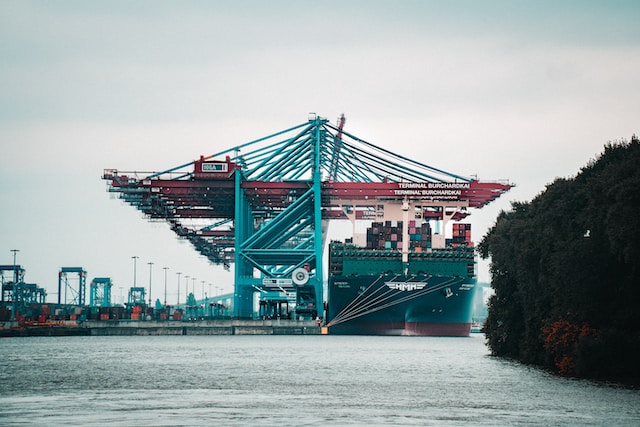A new report by JLL, a leading global commercial real estate company, looks at what is reshaping supply chain decisions. Inflation and geopolitical uncertainties are driving how managers behave and are reshaping decision making. We spoke to Guy Gueirard and EMEA Logistics Lead & Global Lead Logistics Occupier Services at JLL about the report, its findings, what is surprising and what can be done next by supply chain managers.

Guy, can you summarize the findings of the research for us: what did surprise you and what did you expect?
Our report reveals that inflation and geo-political disruption are the key issues shaping decision making this year across the supply chain.
However, what has been encouraging to see is that despite these concerns, European supply chains are showing resilience in the face of a challenging economic and geo-political landscape, with operating conditions likely to improve in the latter half of this year.
The report also demonstrates the agility of the industry and the forward-thinking of those involved. It is clear that logistics service providers (LSPs), manufacturers, eps to operate more resourcefully.

Geopolitical problems are a big hurdle, but what can supply chains do now to limit the risks and manage their supply chains better?
The conflict in Ukraine is not something we can ignore from a humanitarian perspective or a supply chain one. Disruptions have reinforced the need for organisations to build more robust solutions that can withstand economic and political uncertainty. This includes reducing dependency on Russia and Eastern Europe for services and raw materials and instead migrating output towards more localised sourcing and distribution hubs.
Diversifying reliance on the global supply chain is one way that managers can mitigate heightened geopolitical risk. This includes reshoring or nearshoring part or all your production line and suppliers or building up a buffer stock as well as taking advantage of multi-modal transportation networks.
Organisations are now also looking for more modern and cost-efficient spaces that can support automation and are closer to the end customer to reduce transportation costs. Looking forward, these advanced warehouse spaces will be critical for controlling energy usage as businesses seek to combat a higher inflationary environment.
Is the outlook positive or negative? How are managers feeling about what is to come?
While we are not out of the woods yet, the long-term outlook for European supply chain managers is optimistic in terms of consumption levels rising. Nonetheless, occupiers are still concerned about logistics space constraints and how this may impact agility when it comes to implementing their strategies. In the shorter-term, supply chain managers will likely adjust their inventories of fast turn-over products to ease the dip in consumption expected across Europe, although this is expected to last longer in the UK.
Our report shows that the majority of businesses expect to only pass on some costs to the consumer, and concerns around Covid-19 and port capacity constraints have massively reduced.

Join us on the 24th May in London to talk about sustainability and how logistics is transforming.
To make the most of the easing inflationary environment, supply chain managers will have to be think strategically about how they can best adapt to a rapidly changing market. While the UK showed weaker space demand in Q1, we are generally seeing more European supply chain managers implementing agile processes such as reducing inventories in order to maintain the price point of goods and services.
Is there something you think companies should be really focused on but are missing at the moment?
The discussion around supply chains has long been focused on how businesses can survive disruptions, instead of how they can use changing market conditions to their advantage. As a long-term prospect, the restructuring of the supply chain presents managers with a real opportunity to diversify their operations and reduce reliance on particular processes and regions.
Organisations and businesses should be buoyed by indications that the tide is turning for the better. In the long-term, it is promising to see that the logistics space will likely continue to be sustained by key structural drivers, such as the growth in e-commerce.
ESG benchmarks and strategies in the commercial real estate sector are starting to work their way through investment portfolios, building plans and the European supply chain more broadly. Organisations should be paying closer attention to how they can champion recent industry legislation such as The Global Real Estate Sustainability Benchmark (GRESB) to help drive capital flow into improving buildings and occupier ESG criteria. Businesses also need to consider the impact that consumer demands around ESG have on supply chain management. As consumer awareness around ESG matures, supply chain managers must adapt their operations in tandem with consumers changing need to be more environmentally conscious.
